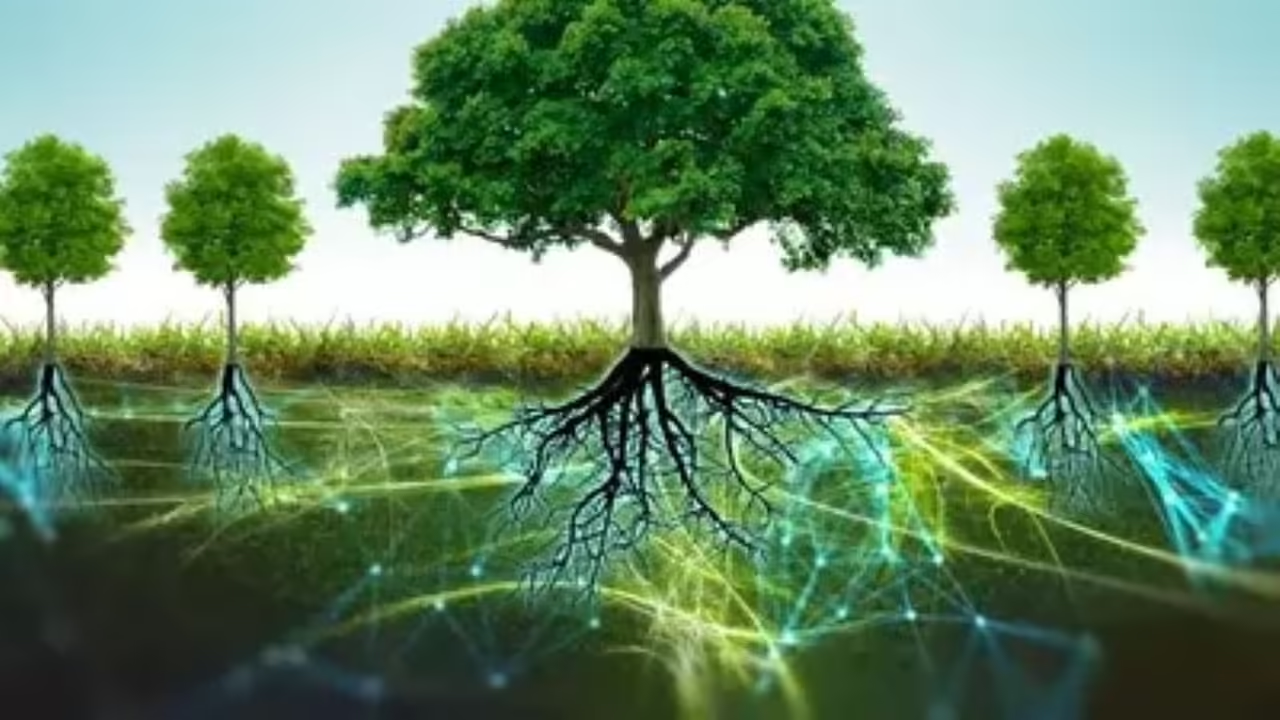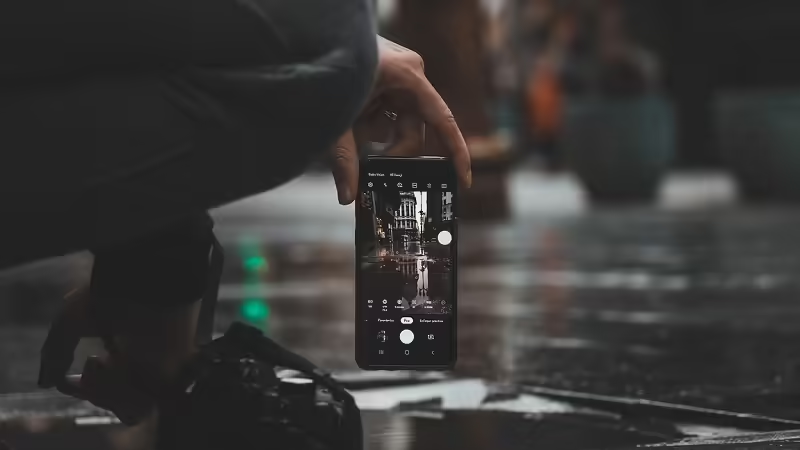
If there is something in this world that is mysterious, it is plants. Anyone would think that they are things, or objects that are just sitting there in the ground, but in reality they don’t think, don’t feel and have practically no life, even though they have always been said to be living beings. But scientists have been surprising us with recent research that proves that plants have feelings and are conscious. Let’s see:
A serendipitous discovery
1966, CIA headquarters in Langley, Virginia (USA). Cleve Backster was an agent specialized in interrogations. He was used to all kinds of practices and had a lot of practice in the use of lie detectors. That day he had not been working and, a bit bored, he decided to connect a branch to the machine’s electrodes. It was a simple game, but he was going to discover something unusual, because when the plant received water, the lie detector emitted a signal whose characteristics are interpreted during interrogations as an indication of well-being or satisfaction.
After that first “reaction”, he decided to continue investigating and burned the plant. At that moment, the polygraph emitted another signal, different but very powerful. It was an indicative that in humans was equivalent to pain. Accidentally, Backster had just made a singular discovery.
What those early indications were telling him was that plants are capable of experiencing sensations. Not only that, but those sensations could be measured and quantified in the same way as in humans. From that moment on, the researcher began to carry out experiments with exciting results.
First, he repeated the experience in different situations. From the first trials, he verified that the reactions in the plants connected to the electrodes were indeed repeated. The experiments he performed became more and more complex. One of them tried to discern whether plants were capable of manifesting memory.
Plants have memory
For the test, he enlisted the collaboration of six students. One of them had to kill a plant in the presence of a surviving plant, but he had to do it when no one else was in the room. This way, none of the other experimenters – not even Backster himself – would know who the killer was.
Cleve Backster
What they had to do next was to enter one at a time into the room where the experiment had taken place. It was something similar to an identification wheel. To do this, the surviving plant – which had witnessed the crime – was connected to the truth machine. It had to know, therefore, which of the six subjects had carried it out.
Of course, that was the hypothesis to be tested. However, it could be proved. When the culprit entered the room, the machine began to display a series of maddening traces. In a way, it had succeeded in identifying the criminal.
Backster also ran another type of test. He deduced that when a part of a plant was cut off, it showed signs of pain. However, the subsequent reactions were identical. This helped him to theorize that perception in plants occurred at the cellular level. In the same way, he wanted to study how plants reacted to crustacean attack. He was surprised by the results: at first, the polygraph showed lines associated with pain, but when the attacks became repeated, these lines disappeared and the attacks did not provoke sensations in the plants. It is as if the plants became accustomed to the damage, or as if the plants established defense mechanisms.
A Russian researcher wanted to contrast Backster’s initial studies. He was the psychologist Benjamin Puskin, but in his case he did not want to carry out the studies with the truth machine. If the American researcher’s theses were correct, very similar results would be produced if plants were given a device to measure brain activity. Needless to say, the result was identical: the plants seemed to have sensations!
Primary cellular perception
Both researchers concluded in their files that the studies demonstrated that cellular communication existed in plants, that it occurred by unknown mechanisms, but that its reality was undeniable.
Some of Cleve Backster’s discoveries are amusing, but equally important in their significance. One example is the “vegetable sop” Electrodes are attached to three different types of fresh vegetables. Then someone chooses one of those three to drop into boiling water, as is done in restaurants with the poor live lobsters. The selected vegetable “faints” even before you touch it, as soon as it is mentally selected. That is: the polygraph registers a sudden upward movement, followed by an abrupt straight line indicating “unconsciousness” The other vegetables continue their graphic scribbling without interruption until the unfortunate companion falls into the boiling water, then respond with an empathetic shaking. Eggs also “swoon” when you decide to pick them up and break them; they register a similar “nervous” response when another egg is broken at close range.
This discovery is very comforting to vegetarians, finding that vegetables fall into a kind of anesthetic coma as soon as they understand what is going to happen to them. Cleve Backster thinks that one should notify the food that it is about to become part of the food chain, so that they go into a painless and protective coma. This is what Tibetan monks often do: apologize aloud to food before preparing or eating it.
Another example of sopnoea occurred when Backster was visited in his laboratory in New York by a lady from a certain university in Canada, who was a botanist and “worked with plants”. She wanted to observe one of the demonstrations with vegetables. Although C.B. did not like that sort of thing, he reluctantly indulged her.
At the designated time for the demonstration, the woman knocked on the door. She ushered her in and led her straight to where the plants were. While she sat and watched, he attached electrodes to several of the plants and waited. He kept waiting. There were no signs, not even of “soponzia”. The needles did not move on the polygraph. With a mixture of embarrassment, annoyance, and intrigue (he had never seen such a lack of response before), C.B. spent some time working with the electrodes and finally gave up. The plants didn’t want to “talk,” they had cut off all communication. . period. That was that.
C. B. told himself that if they had “blacked out” it must have happened before he hooked them up, probably at the time the woman had knocked on his door with some wandering thought floating around in her mind. But which one. After chatting amiably for a few minutes with his visitor, he asked her what kind of work she did at the University. She cheerfully replied, “Generally, I gather plants, take them to the lab, put them in the oven and bake them to get their net weight.” And mystery solved! The frightened plants had picked up, by the strange “Morse Code of plant perception” that the laboratory had just been entered by an “evil witch” who might want to turn them into dry things.
As soon as the woman left the laboratory, C.B. was very worried and returned to his traumatized plants, but now everything was back to normal and there they were, tracing again their natural designs of “tranquility” on the polygraph paper, now that the scare was over.
… after all, these are living beings.







